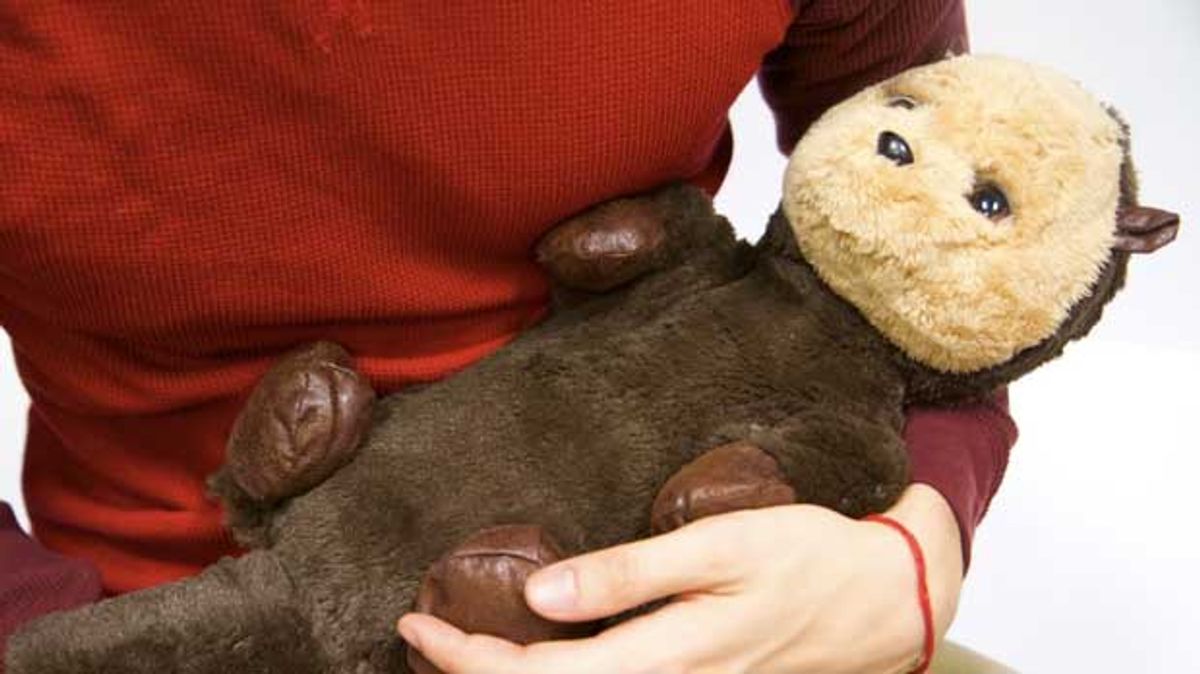In MIT’s course 2.009 (“Product Engineering Processes”), teams of undergrads have to come up with an idea for a product, figure out if it can be commercially successful, make a prototype, and then wrap everything up with a pitch presentation at the end. In 2013, one of the teams decided to make a therapy robot to help with anxiety and depression in dementia patients. It’s a cute little otter, and its name is Ollie.
Ollie (you can watch the pitch presentation here) was designed based on studies showing that animals can have a significant positive impact on people with dementia, which includes one out of every three seniors. Animal-assisted therapy can help reduce stress and agitation, minimize feelings of isolation, and give people something to touch, and be touched by.
Despite how helpful they can be, live animals obviously aren’t the right choice for all seniors. Robots, on the other hand, have the potential to provide the same benefits with accessibility to anyone who needs a companion. Paro is probably the most well known of these therapeutic robots; the robotic baby seal from Japan has been around since around 2004, and has been clinically shown to improve both quality of life and brain function.
Paro is great, except for one thing: it costs US $6,000, making it far too expensive for most people to afford. This is where Ollie comes in: the Ollie prototype cost just $500 to build, and the MIT students estimated that, with enough volume, the robot could be manufactured for under $100.
Ollie has sensors that can understand how users interact with it through touch, and respond in pleasant, soothing ways with sound and movement and purring. It’s about the size of a baby to engender an instinct for humans to care for it, with a large tummy just begging for snuggles. Ollie is an otter because humans know that otters are cute and familiar, but generally, we don’t know enough about otters for anything about Ollie to be obviously unnatural. This line of thinking, incidentally, is why Paro is a harp seal instead of a cat and Pleo is a dinosar instead of a dog.

Inside, Ollie is powered by a Raspberry Pi, along with a custom motor and sensor board and some clever silicone arms actuated by wires. From the begining Ollie was designed to be handled and loved, so it’s very durable: its fur coat can be removed for cleaning, and underneath is a waterproof covering in case of spills.
We have no idea what, if anything, happened to Ollie, but we’ve emailed members of the MIT team that invented him to see if they have plans to commercialize it, or perhaps license the design to a manufacturer. We’ll update this post if we hear back.
[ Ollie ]
Evan Ackerman is a senior editor at IEEE Spectrum. Since 2007, he has written over 6,000 articles on robotics and technology. He has a degree in Martian geology and is excellent at playing bagpipes.



